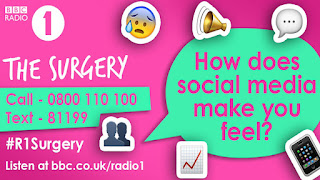Learner response
1) Type up your feedback in full (you do not need to write mark/grade if you do not wish to). WWW:Some effective textual analysis of the unseen text and the CSP'S EBI:Avoid repetition Q1 needs more varied approach ,much more knowledge of the CSPS needed especially wider context. 2) Did you succeed in meeting or exceeding your target grade for A Level Media in this paper? If not, how many additional marks do you need to achieve your target grade in Paper 2? Unfortunately I did not meet my target grade, my predicted grade for media is a B. 3) Write a question-by-question analysis of your performance. For each question, write how many marks you got from the number available and identify any points that you missed by carefully studying the AQA indicative content in the mark scheme: Q1:4/9 MARKS Additional points: The idea that feminism has sought to analyse media representations in terms of inequalities of gende...
